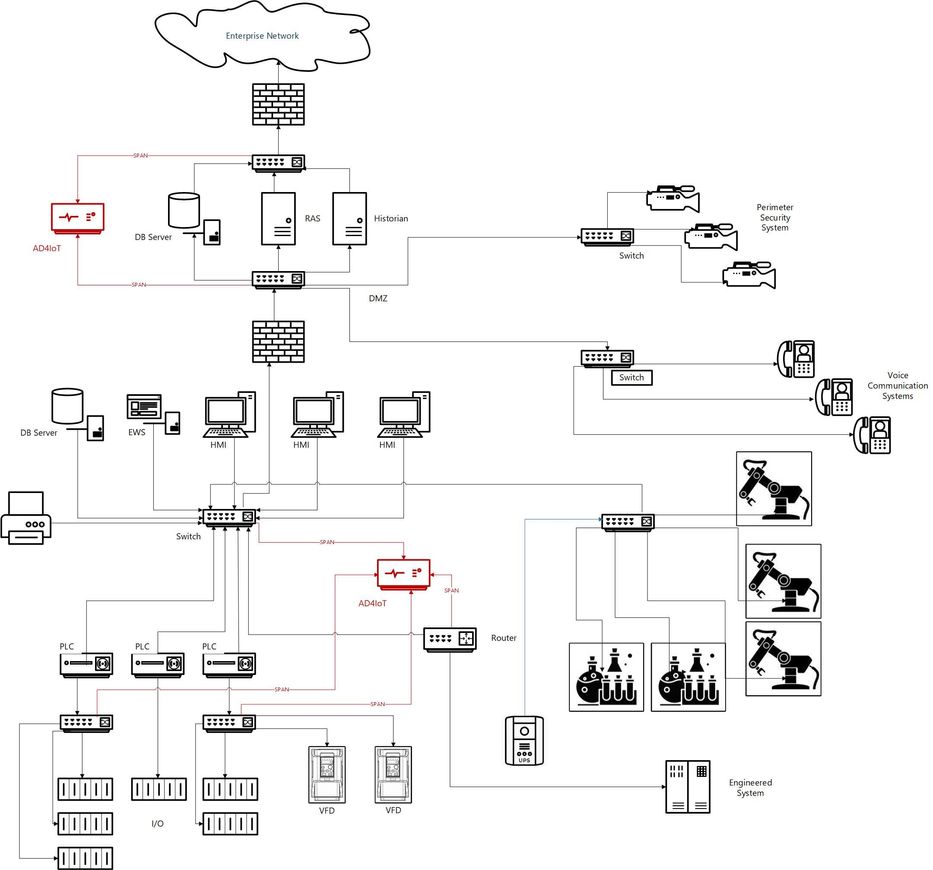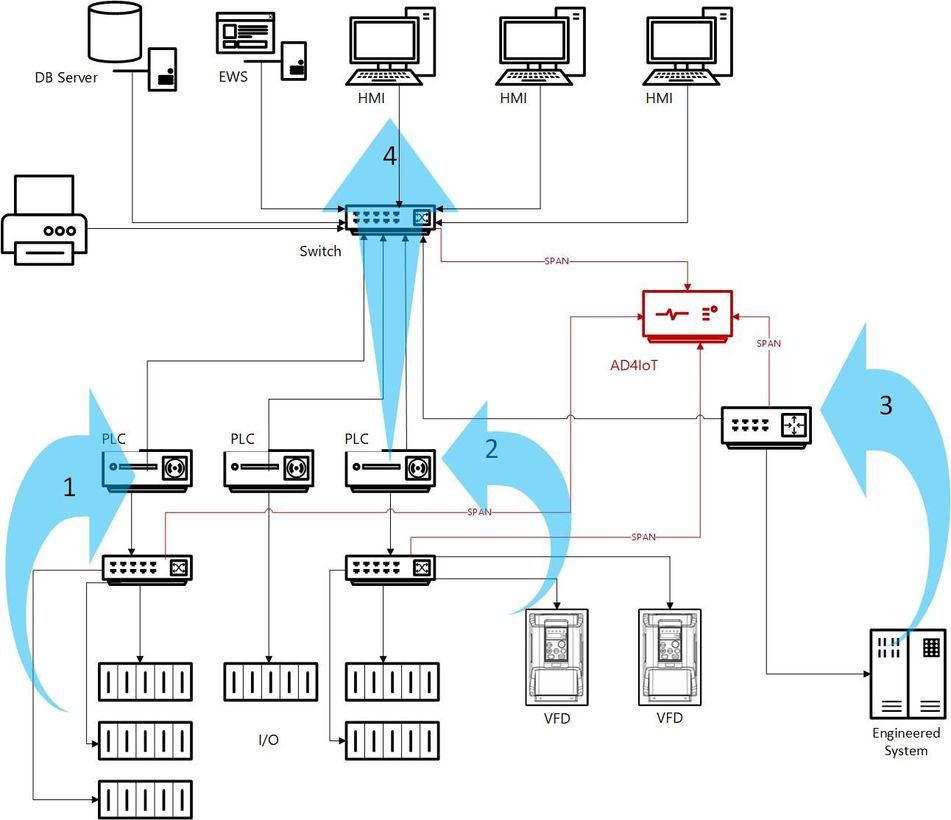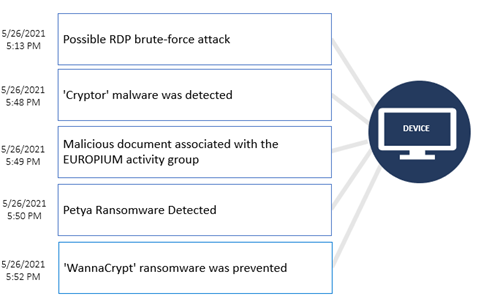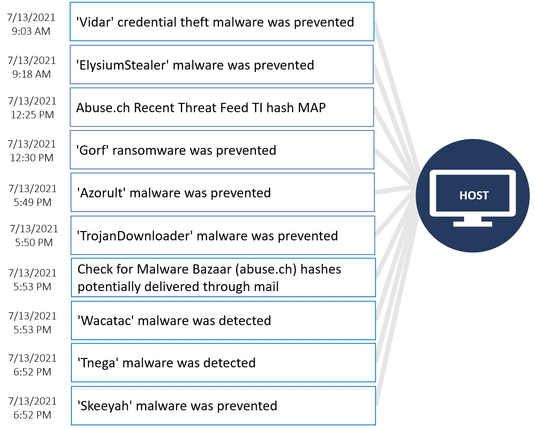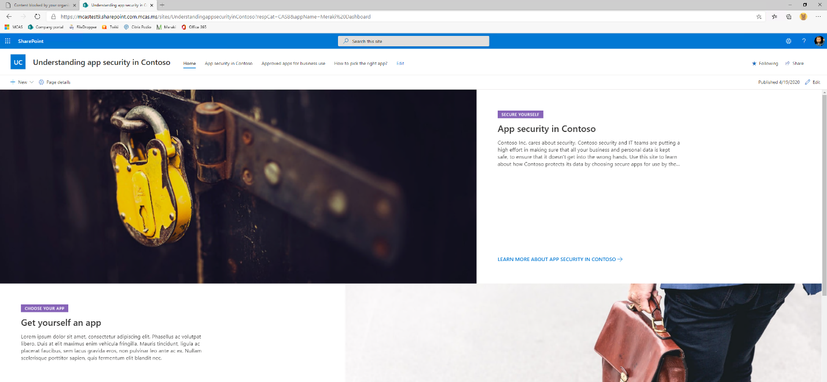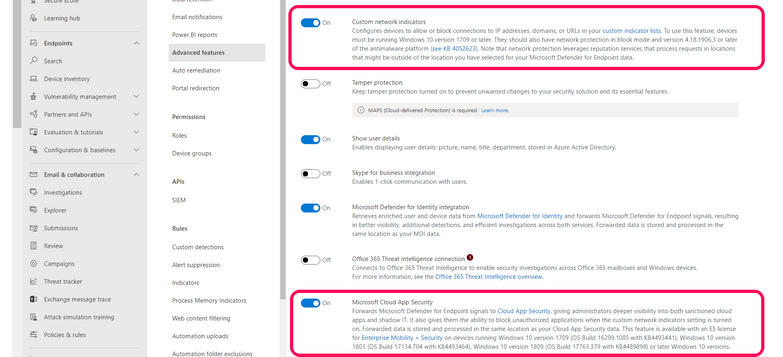How to Gain More from
your Connection to an OT Network
One of the most productive and non-intrusive tools in the Cyber Security
Engineer’s bag is passive Network Traffic Analysis (NTA). Providing
network maps, inventory, and firmware information among other benefits provides
insights that are not generally known any other way. Manual inventory
collection methods are error-prone and expose this information to interception
over corporate email networks, shared file folders, etc. But how do we
implement this kind of system without causing any bumps in the road for
real-time processes? What are the risks? Which methods are
best? The best sensor does no good unconnected and is of little value
connected in the wrong part of the network.
To discuss this, I will use a diagram that was developed
for my last blog post Designing a Robust Defense for Operational Technology Using
Azure Defender for IoT (microsoft.com). This diagram (below) shows an
example OT network monitored by Azure Defender for IoT.
Defender for IoT is an agentless passive Network Traffic Analysis
tool with strong roots in Operational Technology, now expanding to IoT.
Defender for IoT discovers OT/IoT devices, identifies vulnerabilities, and
provides continuous OT/IoT-aware monitoring of network traffic. The
recommended locations for Azure Defender for IoT (AD4IoT) are shown in red color. Why have these locations been
chosen? To explain this, we will break this network into pieces and
address these issues for each type of traffic.
Starting with the lower portion of this sketch, let’s look at traffic flows
around the PLCs.
1. The first arrow shows traffic between
a PLC and its ethernet-connected Input/Output (I/O) modules. This traffic
utilizes simplistic protocols and is very structured and periodic. It can
be leveraged as a threat to the overall OT system and is more vulnerable when
I/O is remote from the PLCs in unsecured areas. Malicious applications
could perform inappropriate control actions and/or falsify data. Firmware
problems in I/O modules often go unpatched unless some form of undesirable
behavior is experienced. In certain families of PLCs or controllers, the
Defender for IoT can provide data on firmware levels and types of I/O modules
if this data is requested by an HMI or historian.
The mechanism to monitor this traffic is
to span switches used in the I/O subsystem as shown here. If they are
unmanaged switches, taps may be located at the connection to the PLC or
controller.
2. The second arrow identifies traffic
from Variable Frequency Drives or similar equipment often interfaced with the
PLCs or Controllers. This communication may be Modbus, Rockwell Protocols,
or CIP. Equipment could be damaged or destroyed by inappropriate commands
sent to such devices. Good engineering practice would put bounds of
reasonability around all potential setpoints, but this may not be the
case. These protocols are well understood and in the public domain.
A man-in-the-middle attack could affect this type of equipment.
Monitoring these communications can identify inappropriate function calls,
program or firmware changes, and parameter updates. As above, switch span or
taps are the mechanisms to monitor this traffic.
3. Custom engineered systems may utilize
well-known, open OT protocols such as Modbus, OPC, or others. This
traffic should be monitored even if it is not fully understood as the behavior
patterns should be very predictable. It is common for these systems to
utilize unusual functions and atypical ranges for data. This is the
result of a developer reading a protocol spec with no actual field experience
with the protocol. Custom alerts can be configured and tuned based on the
nature of the data. Since such systems are engineered to order for a
specific purpose, the damage could have long-term implications on plant
production.
4. Traffic crossing OT Access-level
switches should always be monitored. This is the primary point at which
PLCs or controllers communicate with HMIs, engineering stations, and sometimes
historians. The problem here is that these switches carry the actual OT
control traffic. Any action that could compromise this traffic affects
the reliability of the OT system. Many switches at the I/O and access
layers may be unmanaged devices. By unmanaged, I mean that they are not
configurable and therefore cannot support a SPAN (or mirror) session.
Unmanaged switches is not an
insurmountable hurdle. Two possible paths may be followed from this
point. The least intrusive is to install network taps. The security
engineer should consult with the OT engineer on the most valuable locations for
taps. Since a stand-alone tap monitors only one data stream, the most
valuable assets (compromise targets) should be monitored. These would normally
be at least the engineering station, historian and/or alarms server (if
appropriate), and HMIs, particularly those with engineering tools
installed. If it is necessary to monitor all traffic, a tap aggregator
may be used.
Another approach would be to replace the
unmanaged switches with managed switches. This may sound daunting but
usually is not. Most managed switches are configured to “wake up” in a
basic mode which approximates an unmanaged switch. So replacement, while
requiring a system shutdown, can be accomplished rather quickly and have the
system up and functioning again. Once this is done, the configuration can
be added to provide basic security and copy traffic to a SPAN or mirror
port. Make sure these configurations are saved as most switches make
changes to operating memory which is not stored on power reset. It is
generally recommended to discuss this change with your OT support personnel
and/or OEM service engineers. They probably have some standard switch
configurations that they apply when a customer requests managed switches.
Additionally, they should be able to provide you with approximate bus speeds
needed to support OT traffic with mirroring.
What are the risks? In the case of switch SPAN (SwitchPort ANalyzer), or mirror
sessions, the only concern of serious significance is the current traffic level
on the switch. If a SPAN session is added to a heavily loaded switch, the
SPAN may drop packets because the SPAN session is a lower priority than actual
switching traffic. This could mean that some packets might slip through
unmonitored. However, it does not affect the normal functioning of the
switch for ICS traffic. Some switches, if they are greatly overloaded can
revert to ‘flood mode’ in which they act as a network hub. This situation
is extremely rare. If switch SPANning is chosen as a method, it is wise
to monitor network traffic on the switch prior to adding the session.
Assume that a full switch span will double the switch backbone traffic.
If network taps are installed, the risks are insignificant. Passive
taps should of course be chosen. Passive means that the tap continues to
pass control traffic even if it loses power. Passive taps are simply
inserted in-line with the existing traffic, see sketch below.
Installation needs to be coordinated with OT engineers to limit the impact on
operating processes.
Next, we will discuss special equipment including analysis devices and
robotics. This portion of the overall diagram is shown below.
Network traffic to analyzers typically looks like normal PC traffic using
common IT protocols. Most analyzers have some form of controller that is
designed for a specific function. Sometimes the PC is the
controller, utilizing specialized I/O boards included in the machine. Some
analyzers or groups of analyzers may be managed by mini computers.
In any case, from a network security perspective, these devices appear on the
network as computers, not analyzers per se. Patching of these customized
machines often lags behind the upgrade strategies used for standard IT
equipment. Upgrades to analysis systems must be approved by, and often be
implemented by the OEMs which may be expensive and involve downtime. Because of
infrequent patching and/or OS upgrades, this equipment can become a security
liability on a lab network. Ideally, lab equipment should be separated either
physically onto separate networks or via VLANs, but such changes may require
extensive planning and testing and still can be disruptive to ongoing lab
processes.
Most major medical laboratories utilize either a LIMS (Laboratory
Information Management System) or a middleware server to collect analytics data
from these devices and forward that data to a patient information database
managed either locally or in the cloud (see sketch below). Hence, the
traffic to/from the analyzer will be most easily recognized by the ultimate
destination at the middleware or LIMS. Since these potentially vulnerable
machines may process interactions with users on the lab network for input data
or maintenance functions, they should be monitored more closely than fully
patched IT machines. This presents a challenge to lab IT managers who may
want to gain a handle on this type of OT equipment in their network but may not
have good inventory information.
Since medical testing facilities utilize normal switched networks,
monitoring should be installed at an appropriate location to ‘see’ all the
traffic from analyzers to the middleware or LIMS server. This could be
either core or distribution level switches depending on the network
design. Standard SPAN or mirror traffic can be used.
Dual-homed machines present special security challenges since they could be
converted to active routers by malware. It is common for expensive lab or
analysis equipment to be leased. OEM terms and conditions specify how
this equipment may be used and what service it requires to achieve contracted
performance. This is often monitored via a ‘secure’ datalink to the
manufacturer’s support site. These may or may not be
bi-directional. These links are generally firewalled, either by the OEM,
by the customer or by both. Bi-directional links are inherently a threat.
Remote access to a computer on the lab network can put much more than that
computer in jeopardy.
In robotic applications, the primary issue is the speed of response.
The control systems are complex, utilizing high-level programming
toolsets. The low-level communication may not utilize standard ethernet
framing. Robot protocols vary widely and include Ethernet/IP, DeviceNet,
Profibus-DP, Profinet, CC-Link, and EtherCat protocols. Physical media
may be Cat5/6, but RG-6 coaxial, twisted pair, RS-485, and fiber are also
used. Monitoring the low-level communication between controllers and
robots requires careful coordination with the equipment designer and should not
be attempted casually. Network monitoring should utilize taps. Switch
SPAN, or mirroring is not recommended.
As described above, most industrial robots are programmed using a computer
workstation. Downloading and selection of programs may be manual or
automated using standard network protocols. So, monitoring should focus on the
programming workstations and the source of robot program selections.
Robot program file downloads may be transferred from a central server.
These could occur over SFTP, FTP, SMB, or other methods.
Finally, we would like to address the OT interface to the business
(Enterprise) network. This can be a gateway for potential threats to OT
systems. Some vulnerabilities that may be unsuccessful in the IT network
space may cause severe problems in the OT space because the machines may not be
patched. Out of date and unsupported operating systems may be in
use. As a result, traffic that enters from the Enterprise network and
ultimately reaches the OT network should be monitored.
Generally, good practice prevents any direct traversal of the DMZ. For
instance, remote desktop sessions should be hosted by a RAS server in the DMZ
which is then used to open a remote desktop session into an OT machine with
different credentials. Elaborate credential systems with short password lives
attempt to increase the challenge for attackers attempting to gain
control. Well designed implementations keep all machines in the DMZ
patched up-to-date which should limit the effect of known
vulnerabilities.
Zero day vulnerabilities will always be a threat prior to discovery.
So, monitoring sessions entering the DMZ from the Enterprise and those leaving
the DMZ for the OT network are an important part of a security design.
Similarly, monitoring traffic from the OT network to a Historian server and
Enterprise connections to that same server could uncover issues. Since
these sessions are often encrypted, efforts should focus on the legitimacy of
the Enterprise hosts, times of access, data rates, and other indicators to
validate these externally generated sessions.
The DMZ is also used as a connection point for a variety of other facility
systems such as IP phones; perimeter security systems; weather stations;
contracted supply systems like water purification, compressed air supply and
the like; wireless devices; etc. In most cases, these various systems are
assigned separate VLANs and subnets. By monitoring all the VLANS in this
zone, suspicious traffic can be identified and managed. Traffic
originating from any of these devices to the ICS network should not normally
exist.
Subnet-to-subnet traffic could be cause for concern. This is another
area where Defender for IoT can help. By mapping the assets, assigning
them to VLANs, subnets, and user assigned subsystems, communication between the
various device groups can be easily seen greatly aiding efforts to perform or
monitor network segregation.
The visual network map produced by Defender for IoT in conjunction with the
filtering capabilities on the map make it easy to identify interconnections
between various plant control systems. Having a powerful visual of
group-to-group communication makes the effort of segmentation much
easier. This process is a long and tedious one using arp tables on
switches. Also, if this effort is underway, the map will show areas that
may have been overlooked.
Conclusions:
Well-engineered connections to ICS networks can yield valuable results,
including accurate inventories, network maps, and improved security with no
risk to the reliability of the underlying OT systems. This information
can be combined, in Azure Sentinel or other
SIEM/SOAR solutions, with agent-based Defender for endpoint data to produce a
complete picture of OT networks. Custom-designed playbooks can assist
your analysts in responding to OT or IoT issues.
Teamwork between OT engineers and IT security personnel can yield benefits
for both groups while presenting a more challenging landscape to potential
intruders.
